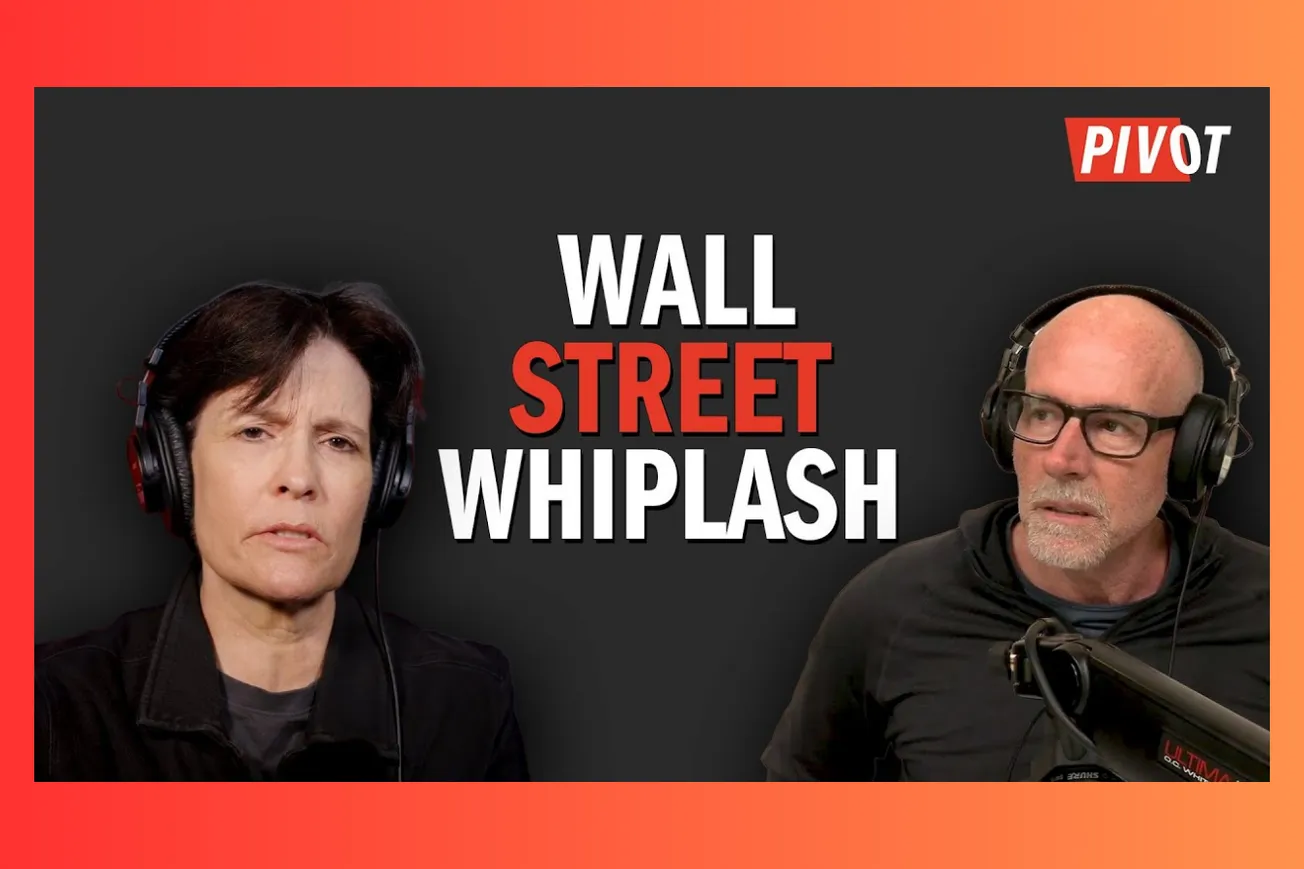Table of Contents
Trump’s volatile economic moves—from 145% tariffs to Fed attacks—have left global markets dazed. Beyond the tweets and reversals, a deeper issue looms: the crumbling of Brand America and the rise of economic uncertainty.
Key Takeaways
- Trump’s 145% tariff threats and Fed chair attacks triggered mass market selloffs—followed by sudden walk-backs.
- CEOs from Walmart, Target, and agricultural conglomerates warned of supply chain damage and consumer price spikes.
- At least six major U.S. states filed lawsuits to block Trump’s tariffs, citing federal overreach.
- China, Canada, and the EU issued coordinated statements signaling deep concern over U.S. policy volatility.
- Analysts note the erosion of U.S. policy predictability, weakening dollar strength and Treasury demand.
- Foreign investors are increasingly shifting away from U.S. bonds, while central banks hedge against dollar risk.
Tariffs as Theater: Policy or Performance?
- Trump announced a sweeping 145% tariff on all Chinese electric vehicles, semiconductors, and consumer electronics, framing it as a “national defense measure” to curb Chinese tech dominance.
- The move sent shockwaves across global markets: the S&P 500 fell 2.6%, the Dow dropped 734 points, and the NASDAQ lost 3.4%.
- By the following day, Trump walked back the numbers, saying tariffs were “flexible” and “negotiable if China engages in good faith.”
- China’s response was swift. The Ministry of Commerce called the move “unilateral, unjustified, and damaging to global supply chains,” emphasizing there were no current negotiations.
- American retailers rang the alarm: Walmart CEO Doug McMillon projected 15–20% hikes in key product categories, including phones, appliances, and seasonal goods.
- The National Retail Federation warned that consumer confidence could collapse just ahead of the holiday season, citing potential empty shelves and major inventory gaps.
- Meanwhile, automakers like Ford and GM flagged potential production slowdowns due to disrupted chip and battery supply contracts.
Undermining the Fed: Trump’s New Favorite Scapegoat
- As market instability mounted, Trump shifted blame to the Federal Reserve, labeling Jerome Powell “a bigger threat than Xi” during a rally in Michigan.
- His attacks came just days before Powell’s scheduled testimony before Congress, intended to clarify the Fed’s response to persistent inflation.
- Bond markets recoiled. Ten-year Treasury yields surged 18 basis points before moderating, reflecting investor concerns over Fed independence.
- Former Fed Chair Ben Bernanke said in a statement, “This is a dangerous precedent. Central bank intimidation corrodes both domestic and global trust.”
- The Fed’s position was further complicated by mixed signals from the White House—calling for rate cuts while imposing policies likely to spark inflation.
- Trump’s strategy appears to center on insulating himself from blame if the economy sours during the campaign—casting the Fed as saboteur.
Economic Damage Control—or Just Damage?
- The backlash wasn’t limited to Wall Street. California, New York, Illinois, Washington, Oregon, and Massachusetts filed lawsuits against the White House, arguing that tariff authority was being abused without Congressional oversight.
- Farmers were among the loudest voices of protest. The American Soybean Association warned that Chinese retaliation could decimate a $14 billion export industry.
- Leaked emails from within the USTR revealed internal chaos, with staff struggling to explain enforcement mechanisms or sector exemptions.
- Peter Navarro reportedly encouraged Trump to “double down,” while Larry Kudlow cautioned that “even the illusion of control is fading.”
- Treasury Secretary Janet Yellen, though not formally aligned with Trump, urged bipartisan leaders to “restore market predictability before structural damage sets in.”
- Despite the chaos, Trump publicly maintained that the tariffs were “America’s way of negotiating from strength.”
Wall Street vs. Washington: Losing the Market’s Trust
- Goldman Sachs, in a report titled "Trading on Tweets," advised clients to reduce U.S. exposure and hedge against fiscal instability.
- Morgan Stanley revised its GDP growth forecast down to 1.4%, citing “compounded policy noise and supply chain headwinds.”
- The IMF also weighed in, cautioning that volatility in U.S. policy direction could “lead to broader de-dollarization momentum globally.”
- Sovereign wealth funds in Norway, Singapore, and the UAE reduced their U.S. Treasury holdings for the third consecutive quarter.
- Bond auctions showed weaker-than-expected demand, signaling eroding international appetite for American debt.
- As one analyst at Barclays remarked: “The U.S. isn’t losing its edge—it’s giving it away.”
Brand America: From Leadership to Liability
- The G7 summit featured heated behind-the-scenes exchanges, with EU officials accusing the U.S. of “weaponizing economic instability.”
- Canada’s Chrystia Freeland suggested the U.S. had become “an unreliable economic ally” following multiple trade reversals.
- In Asia, Japan and South Korea finalized a bilateral trade accord explicitly designed to insulate their tech sectors from U.S. disruptions.
- The WTO’s director-general issued a rare rebuke, warning that unilateral tariffs erode the rules-based trade system.
- Global corporations are recalibrating their supply chains—Apple announced accelerated investments in India and Vietnam, while Nike said it would reduce North American manufacturing reliance by 30% over the next five years.
- U.S. credibility, once a premium, is now a variable—a shift with generational consequences.
What Comes Next? The Illusion of Victory
- Sources close to the administration suggest Trump may engineer a symbolic “deal” with China ahead of the next employment report—lowering tariffs slightly and claiming strategic success.
- Advisors are urging a pivot toward tax incentives for domestic manufacturing to offset backlash.
- Yet structural damage has been done: businesses have paused expansion, multinational contracts are being renegotiated, and consumer inflation expectations have risen.
- Economists warn that even a full reversal won’t undo the cost of volatility: capital flight, eroded diplomatic goodwill, and internal uncertainty.
- The long game may be less about tariffs and more about reputational recovery. And that, experts say, could take a decade.
Trump’s tariff chaos is not just poor policy—it’s brand vandalism on a national scale. Markets crave coherence, not chaos. And as America’s credibility wanes, the cost of economic recklessness continues to rise—paid not in tweets, but in trust, trade, and time.





